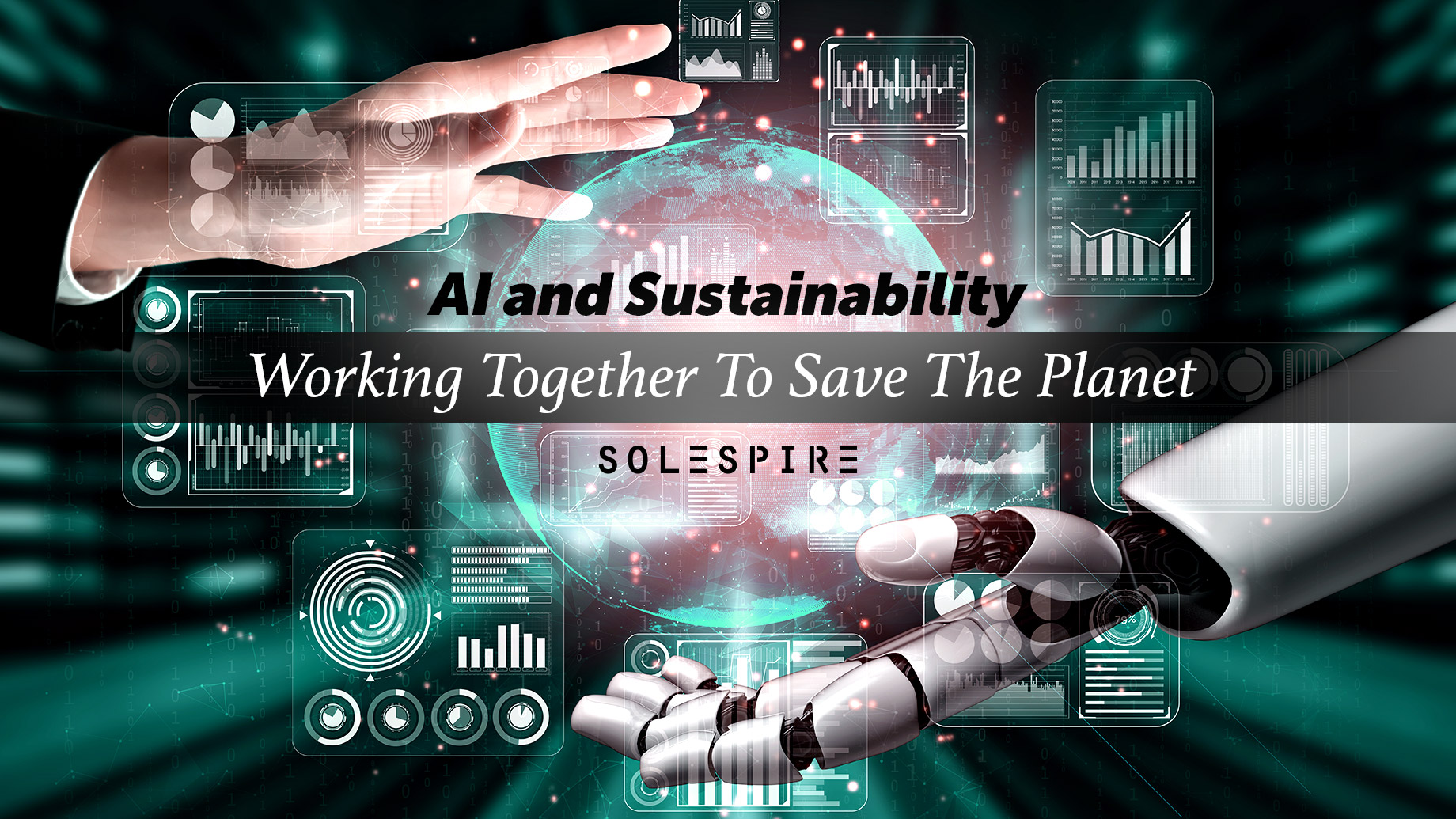
“We are all in the same boat, in a stormy sea, and we owe each other a terrible loyalty.” These words, uttered by G.K. Chesterton, one of the most profound writers and thinkers produced by the 19th century, resonate as loudly today as they did during the era of steam engines and iron-clad ships. One of the gravest “storms” threatening our existence is climate change. Man’s wasteful lifestyle and habitual overconsumption are bleeding our land and oceans dry.
Global warming, one of the aspects of climate change, has largely been brought about by anthropogenic sources, such as the burning of fossil fuels, agriculture and farming, and deforestation. The globally responsive community of climate change advocacy groups, socio-civic organizations, and the scientific community have spoken in unison in sounding out the devastating consequences of a warmer environment. The latest record-breaking highs in temperature in many parts of Western North America are a stark reminder of how ominous global warming can be. The sweltering conditions reaching up to more than 48ºC have caused the sudden deaths of many in the Greater Vancouver area in just four days, with the death toll still rising.
We need to take accountability and address the climate change problem with urgency. To win over this gigantic Goliath of an issue, we need much more than David’s slingshot. We need to come together, unify our efforts, and leverage all the tools that we have to combat this global menace. Here’s where artificial intelligence and sustainability can save the day — and the planet as well.
The Air Up There
To support modern man’s high energy-consuming lifestyle, energy is needed. The energy we use to power our factories, run our transportation systems, and heat our homes is mostly produced by burning fossil fuels. How is this bad for the environment? The burning of fossil fuels results in the release of greenhouse gas emissions, such as carbon dioxide, nitrous oxide, and methane. These gases trap heat coming from the sun, making the earth
warmer. One of the consequences of the rise in temperature is the subsequent elevation of water levels brought about by the melting of glaciers. This in turn causes an imbalance in our marine ecosystem. AI can offset this most unwanted change to our environmental equilibrium.
1. Dynamic Data
In response to the growing clamor for sustainability, the world’s governments have instituted environmental laws. One of the global leaders in the issuance of ecologically protective laws is the U.S., which has the Clean Air Act, the Endangered Species Act, the Clean Water Act, among others. Like in many other countries, the problem lies in enforcement. AI, with its machine learning algorithms, enables these policies to be more than just good deeds on paper by providing real-time, accurate data by which to track the sources of carbon emissions, evaluate the amounts of carbon emission, and hold to account corporations and organizations alike.
2. Renewable Respites
Fossil fuels are sourced from natural gas, coal, and oil — all non-renewable resources. To significantly reduce carbon emissions, we need to transition to more sustainable energy assets. To do so is not as easy as switching your car’s transmission from manual to automatic. The processes required to manage renewable energy can be complex. Take for instance solar farms that make use of grids. The sun activates the cells to produce electrical energy. This then transforms into electricity which we use to power our homes and industries. The problem lies in how weather-dependent the technology is. AI can fix the stability problem. When AI is integrated into the grid system, it can help operators gather and assess vast amounts of information, balance supply versus demand, adjust power supply as necessary, and make more accurate predictions than your favorite weather forecaster.
The Good Earth
The agriculture and farming sector is one of the largest contributors to greenhouse gas emissions. Most of these are nitrous oxide emissions coming from fertilizers, soil management practices, and methane production coming from livestock and crop cultivation. AI can lend a much-needed helping hand to lessen the carbon footprint of farmers.
1. Tilling Trends
Because of Ai’s sophisticated data engineering, it can accurately predict weather conditions to improve sowing and harvesting plans, assess the right amount of water needed by crops, and weed detection. With algorithms providing the data to facilitate better crop management practices and optimize irrigation, requirements for tillage are substantially decreased. With less tillage, lower amounts of fossil fuels are consumed to prepare the fields for cultivation. In addition, more carbon is sequestered when the land is not disturbed frequently, minimizing evaporation from the soil system.
2. Automated Answers
Through AI, farmers have access to a massive data network from governments, academic institutions, and civic groups that they can leverage to make agricultural processes more efficient. Hi-tech sensors and robotic devices can help automate operations, resulting in lower energy input but with increased output. With fewer decision-making requirements, farming systems will become more and more decentralized with easier and faster replication of best practices.
The Root of All Evil
According to research published in Nature Climate Change, the world’s forests are effective carbon sequesters, absorbing 7.6 billion metric tonnes of CO2 annually. This is 1.5 times more than the carbon emission produced by the U.S. every year. The clearing of lands for agriculture has resulted in heavy deforestation, enabling stored carbon dioxide to evaporate into the atmosphere. The burning and cutting down of trees has resulted in many evils. The subsequent soil erosion has caused flooding that has devastated innumerable lives and property. An equally disastrous consequence is air pollution, which has brought about a range of respiratory health problems, such as asthma, emphysema, and chronic bronchitis. How can AI contribute to the alleviation of these problems?
1. Treeless Tips
With AI-based technology solutions, humanity can significantly reduce the need for trees. The typical employee in the U.S. utilizes 10,000 sheets of paper every year, which is equivalent to one average-sized tree. Factor in the number of workers, and you will be alarmed by the number of trees needed to produce documents that would eventually end up in shredding machines. AI’s Robotic Process Automation can help conserve trees by facilitating more efficient paperless accounting systems, faster procurement operations, and minimal document processing.
2. Building Boosters
Let’s take a step closer to home. And I mean that literally. Did you know that about forty-four mature trees are sacrificed for every 2,600 square feet of home construction? While the right to adequate housing and shelter is ensconced in the Universal Declaration of Human Rights, nowhere is it stated that that right includes the thoughtless decimation of the tree population. AI can create sustainable building designs that will allow us to have comfortable lodgings while conserving our forests. AI can provide technology solutions for the production of more ecologically friendly building materials. AI in green architecture can make construction more energy efficient by the automation of problem-solving processes, leading to optimization and less wastage of construction resources.
